Turning customer frustration into positive experiences is one of the best ways to build rapport. That makes conflict resolution a superpower for sales and support teams.
However, there’s no single best way to handle an angry customer. The right approach depends on context, timing and your ability to recognize the first signs of frustration.
In this guide, you’ll learn how to spot those signs early and diffuse tension while maintaining trust. We’ll also explore practical steps to make every customer feel heard, so fewer issues can escalate.
Key takeaways for dealing with angry customers
Customer anger usually has clear triggers such as product failures, poor communication or feeling undervalued. Spotting these early helps you resolve issues before they become real problems.
Handling matters in the moment. Active listening, empathy statements and calm response scripts show respect and reduce tension, often turning negative interactions into loyalty opportunities.
The best solution is prevention. Transparent communication, clear expectations and proactive feedback loops minimize friction and stop minor frustrations from becoming full-blown anger.
Pipedrive helps you stay ahead by centralizing customer interactions, capturing feedback and automating follow-ups. Fewer issues slip through the cracks, giving your team more time for customers. Start your free 14-day trial.
Recognizing customer anger triggers early
Understanding customer frustration starts with recognizing the triggers that push people from slightly annoyed to genuinely angry.
If you know what creates customer anger, you can prevent it or fix it sooner. Backed by insights from the latest CCMC National Customer Rage Survey, here are the major root causes to avoid:
Product or service failures. Faulty items, downtime and broken features stop buyers from getting value from their purchases, and they’re all way too common. Three out of four US customers said they’d had product or service problems in the previous 12 months.
Poor communication. Long wait times and unhelpful support desks make bad product experiences worse. In fact, 63% of customers said their most serious service problems made them angry, and 43% shouted to show their displeasure.
Feeling undervalued. Frustrated customers need more than refunds and discounts to regain trust after negative experiences. Research shows 69% expect to be appreciated, comforted and taken seriously. Many prefer sincere apologies to freebies.
Customer complaints have also worsened over the years. In 1976, only 32% of people surveyed said they’d had product or service issues, but that number has since more than doubled.

Resilient businesses protect customer loyalty by spotting triggers early. Warning signs like tense body language and clipped wording in emails let sales and customer service representatives step in with a fix or switch their approach.
Let’s say an upset customer sends a sarcastic support ticket without fully explaining their issue. The help desk agent diffuses tension and gathers context by asking polite, open-ended questions. They also use the customer’s name to make the interaction more authentic.
Handling a bad experience early like this shows you care about your customer’s concerns right from the start. It demonstrates customer centricity.
How to treat angry customers in the moment
Handling angry customers is delicate, as one misstep can damage the relationship.
Patient, thoughtful responses prevent issues from forming. They also help you get difficult customers back on your side to rebuild trust.
Here are three simple ways to show unhappy customers they matter.
1. Practice active listening skills
Active listening is a powerful customer service skill. It means giving customers your full attention while they explain an issue.
Let them speak without interruption, even when they raise their voice or repeat themselves.
This response helps in two ways:
Your attentive silence shows that you care about the customer’s issue and will help them find a solution. It’s a sign of respect.
It eases frustration, making the conversation calmer and more productive. Studies show ordinary episodes of anger usually last 30 minutes or less, so the longer someone speaks, the less angry they’re likely to be.
Once the customer finishes speaking, summarize what you heard to confirm you understood.
You might say something like:
“Just to make sure I understand correctly, your order was delayed by three days, and you didn’t receive any updates?”
Recapping proves you listened carefully. It also gives you time to process the customer’s complaint and choose an appropriate response.
2. Learn empathy statements (and avoid assigning blame)
Empathic service means acknowledging customers’ feelings without needlessly admitting fault or making promises you can’t keep.
Validating a customer’s experience turns the conversation into a collaboration rather than a battle.
For example, you could follow up on your earlier recap by saying:
“That delay must have been frustrating, especially as you paid extra for priority shipping.”
Here are some other empathic statements to use or adapt:
“I get why that would be annoying.”
“That sounds really inconvenient.”
“I’d feel the same in that situation.”
“Thanks for helping me understand what you’re going through.”
Avoid generic apologies, as they can sound dismissive and may escalate frustration.
For example, “I’m sorry you feel that way” implies the customer’s emotions are the problem, not the issue itself. It’s better to say, “I’m sorry that’s happened” – it acknowledges error without assigning blame.
3. Take a deep breath and use these practical scripts
It can be difficult to handle an angry customer when emotions run high, and it’s hard to think clearly.
Thankfully, customer service reps don’t need to think on their feet when they have ready-made scripts and response templates.
The following lines give staff a framework for staying calm and solution-focused in difficult customer interactions without sounding too robotic. Just tweak any mentions of specific resolutions that align with what you can offer.
Customer support situation | Responses to build trust |
Late delivery | “I’m sorry your package didn’t arrive when expected. I know how disruptive that must be, especially when you paid for priority shipping. Here’s what I can do now to make this right…” |
Faulty product | “That’s understandably inconvenient – the product isn’t working as it should. Let’s get a replacement out to you today, or if you prefer, I can process a refund immediately.” |
Billing error | “I understand being charged incorrectly is frustrating. Thank you for pointing it out. I’ll correct the error now and send you a confirmation email so you know it’s sorted.” |
Service outage | “It can be stressful not being able to use the service when you need it. We’re working to restore access now. I’ll update you so you don’t have to chase us for answers.” |
Unhelpful prior support | “I’m sorry your earlier experience wasn’t helpful. I want to ensure we sort this out properly so you can return to work. Could you walk me through what’s still unresolved?” |
Each of these scripts does three vital things to protect customer relations: it validates the buyer’s frustration, avoids blame or defensiveness and moves quickly towards a solution. That’s how the best customer service teams turn anger into advocacy.
Prevent failure with your guide to handling tricky sales situations
How to prevent customer anger through great experiences
The most efficient way to handle irate customers is to avoid their anger before it starts.
Fixing friction points in the buyer journey creates improvements that satisfy many customers simultaneously. It means your support team doesn’t spend time saving individual relationships.
Here are four simple customer satisfaction strategies that work.
1. Set clear expectations at every touchpoint
Be upfront about product details such as pricing, timelines, limitations and usage policies.
By learning what to expect from early sales conversations and content, customers are less likely to feel misled or disappointed.
Like many software providers, Trello offers clear pricing information for all its packages:
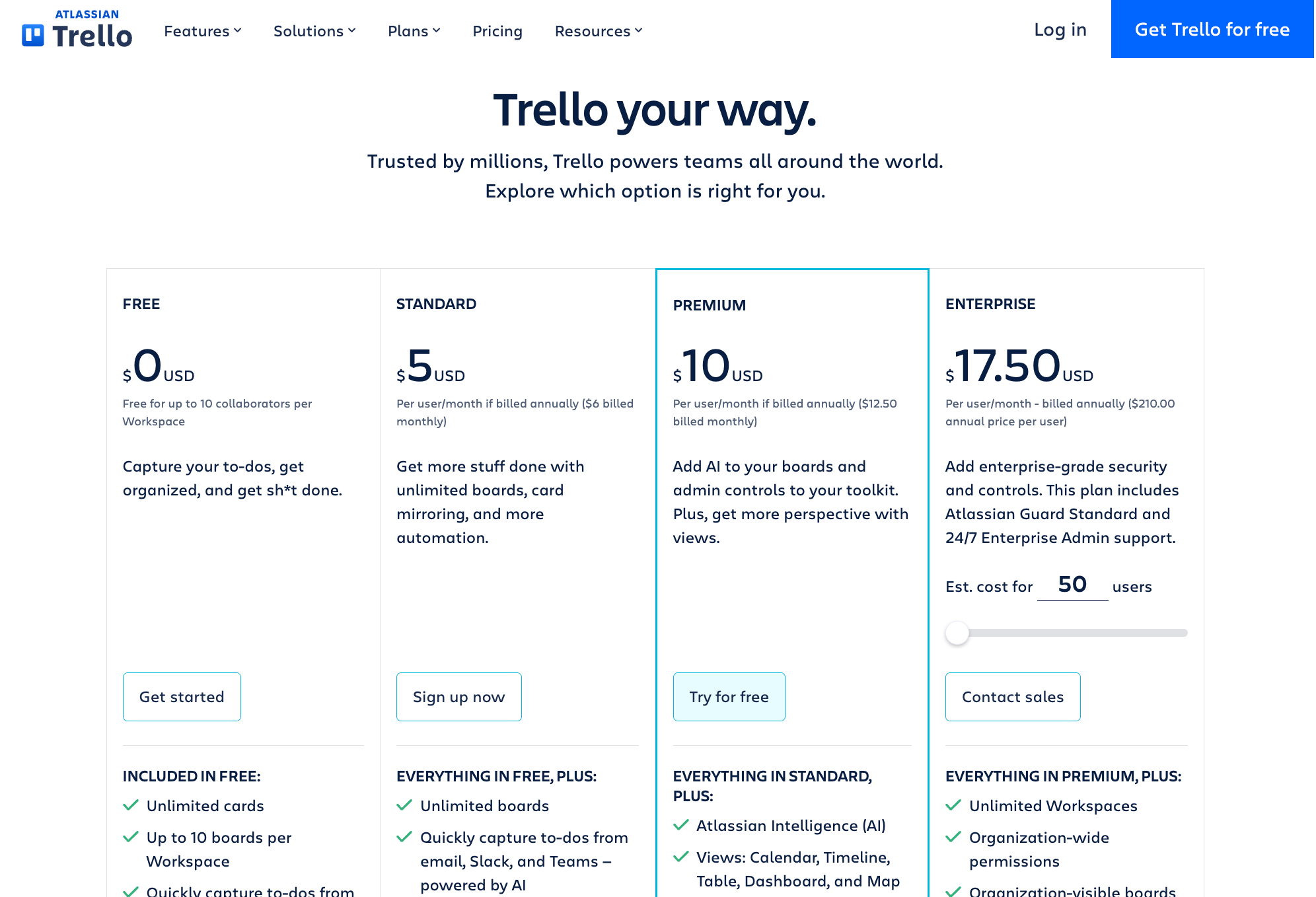
That transparency helps prospects compare plans, budget effectively and avoid future surprises. It gives them less reason to become angry customers.
You can still recover trust if you miss a smaller promise, such as a specific delivery date. Just don’t let it become a habit. Be ready to apologize and explain, ideally before the customer complains.
2. Provide transparent updates throughout
Update customers throughout sales and support journeys, even if your news isn’t positive.
Proactive communication shows respect for their time. Silence has the opposite effect, leaving customers feeling overlooked.
Share user-specific updates by messaging or calling people directly. This more personal approach should soften the blow of any disruption.
You can save time by automating the process for issues impacting larger groups. For example, GitHub shows the real-time performance status of every product function on a dedicated website:
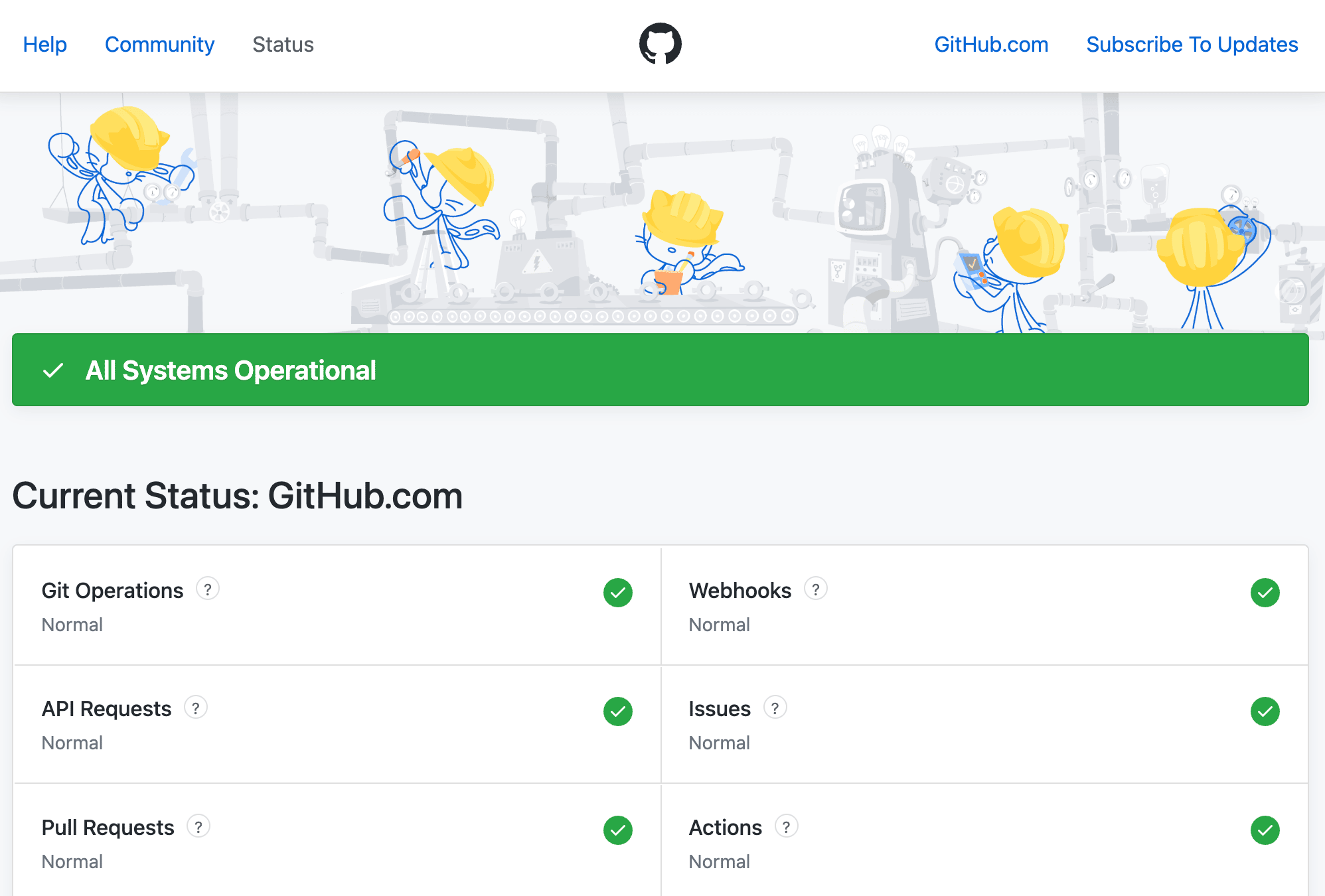
This automated transparency is common among tech companies. It reduces unnecessary support calls while reassuring users that the company is on top of any issues – great for customer retention.
You can also automate customer updates with Pipedrive. Trigger follow-up emails, status alerts or satisfaction surveys to send at key moments in the customer journey, without adding to your team’s workload.
This strategy ensures no customers get forgotten, even in busy periods.
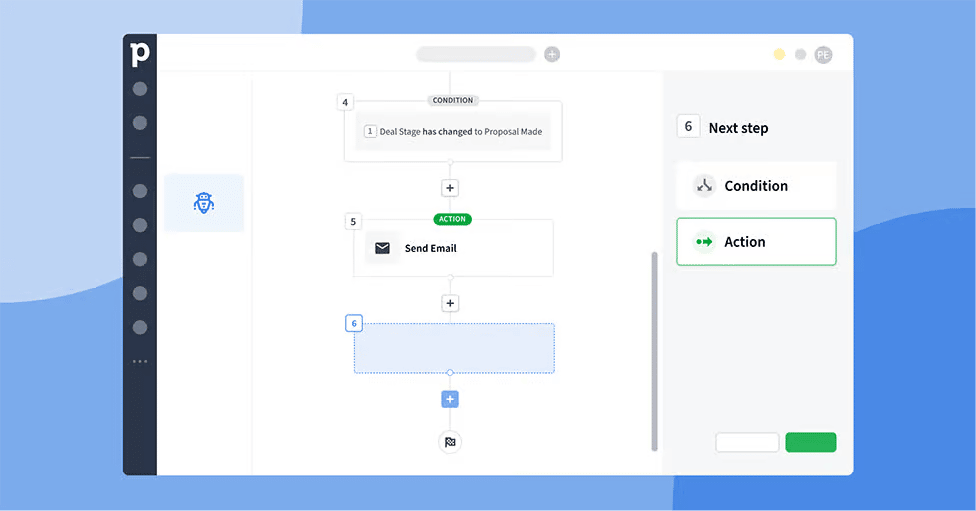
Whether you automate communications or not, let call center data guide the information you provide.
If rude customers often shout at reps for delivery news, build a more transparent shipping process. If most ask about upcoming features, publicize your product roadmap.
ConnectWise’s public product roadmap, for instance, gives users clear visibility into what’s coming next:
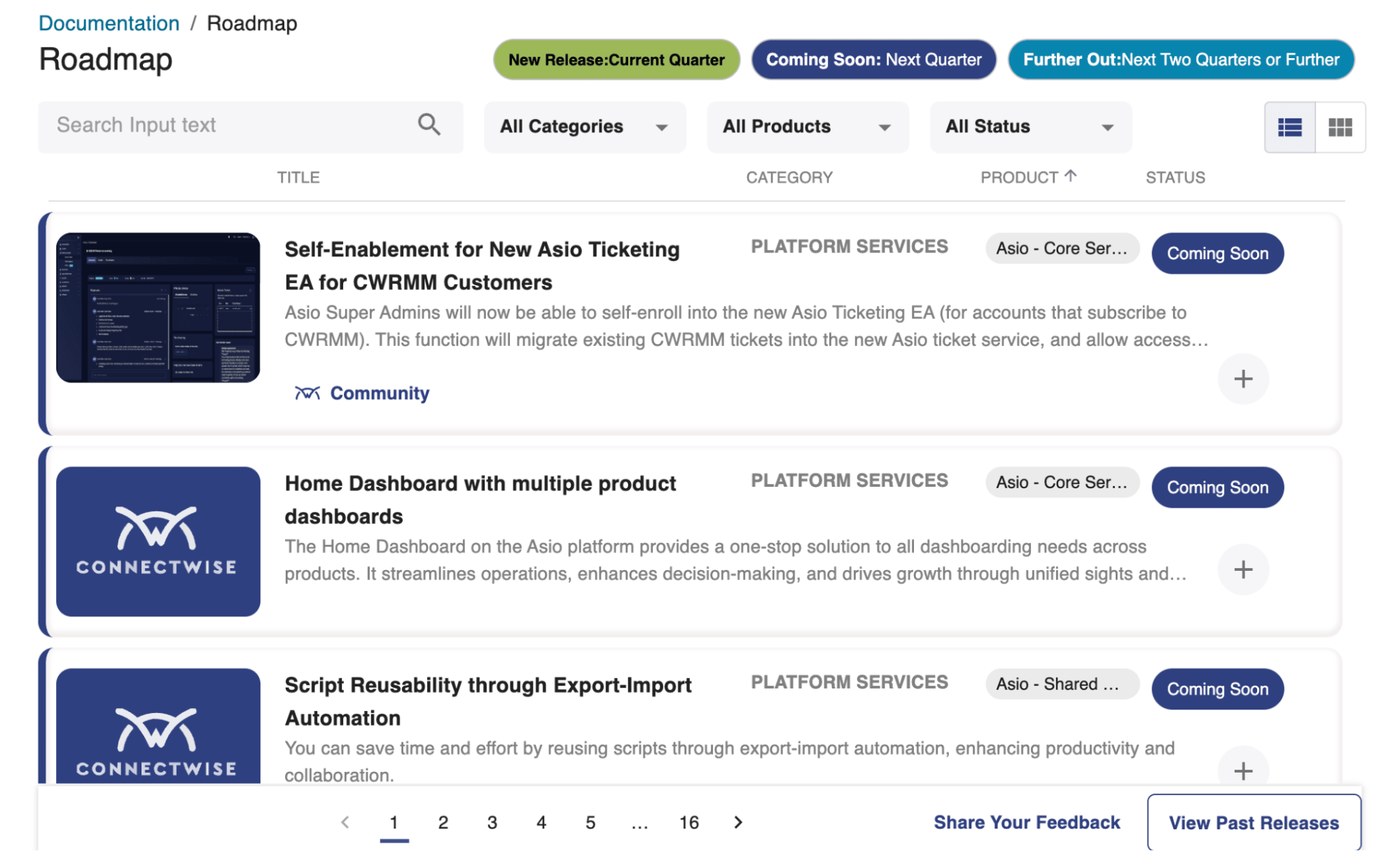
There are also options to view past releases and share feedback. This simple tactic reduces uncertainty and empowers users to help shape the product.
3. Actively collect customer feedback
Invite feedback at key customer journey moments rather than waiting for complaints.
Surveys, quick check-ins, informal sales conversations and in-depth interviews reveal common pain points before they evolve into anger.
Pipedrive’s CSAT and NPS integrations make capturing and presenting customer feedback in your customer relationship management (CRM) system easy.
Here’s how NPS data sourced via Nicereply strengthens Pipedrive’s deal view:
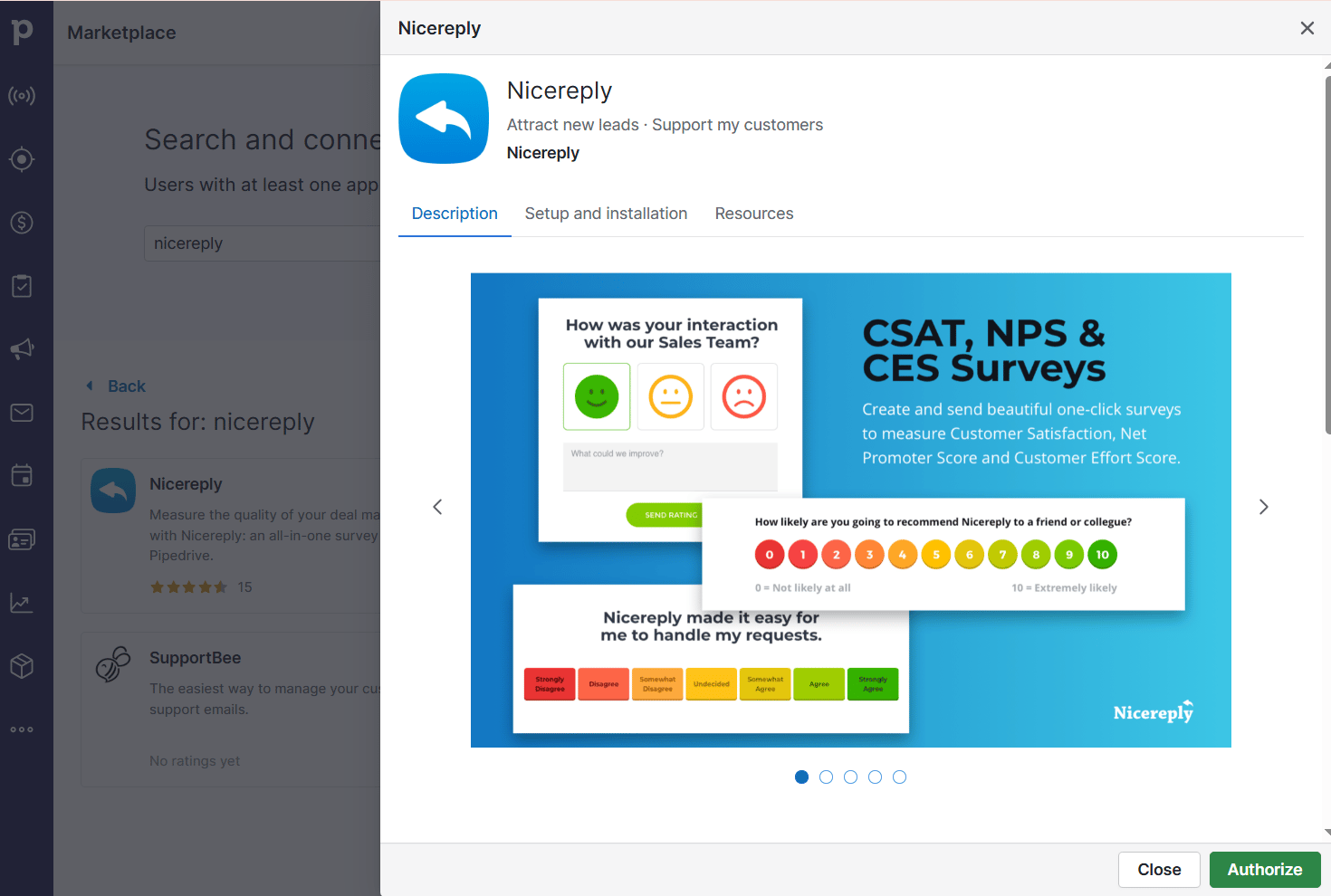
Centralizing sentiment data helps sales and support teams spot issues early, so they can use their customer service skills to protect relationships.
For example, Danish car dealer Andersen & Martini connected Nicereply to its CRM to capture CSAT scores after each dealership visit. Sales reps and managers could see real-time feedback and follow up the same day, often turning negative experiences into completed sales.
4. Lean on self-service customer support tools
Make it easy for customers to solve their own issues. It makes them less likely to become frustrated and may not need to contact support.
In an Emplifi survey, 39% of US consumers agreed that brands must offer self-serve customer care options. Many young B2B buyers want similar independence – Gartner found that 44% of millennials prefer rep-free buying experiences.
However, not everyone gets their information in the same way. Spread yours across channels so people can use the most convenient.
As well as the status dashboards we touched on earlier, valuable self-service tools include:
Knowledge bases and FAQs content
Automated emails and social media replies
Customer request web forms
QuickBooks helps customers find their own answers while still personalizing support. Its knowledge base recommends relevant content based on the product a user signs into:
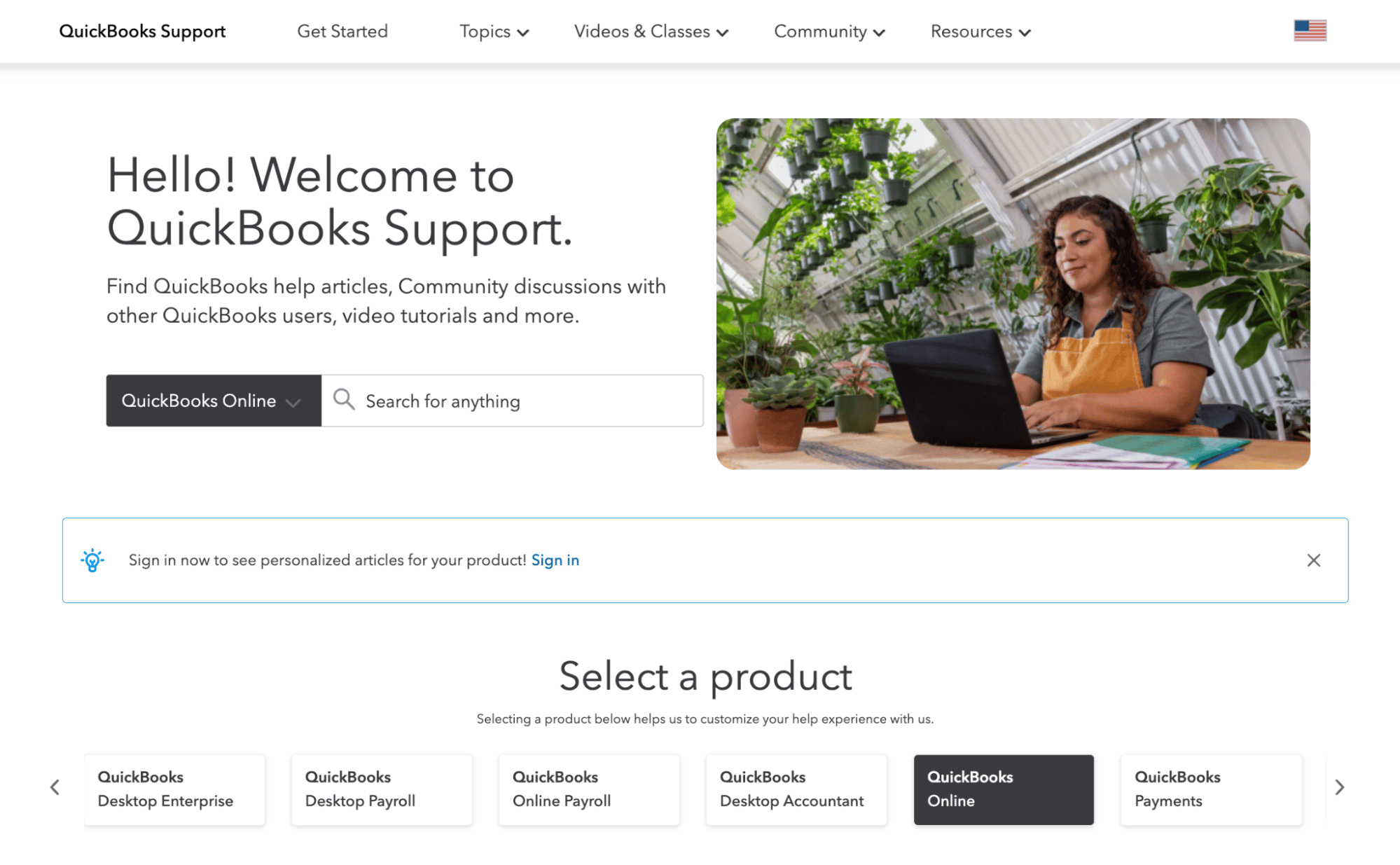
Registration isn’t required, however. Leads can still browse the same articles, forum discussions and video tutorials by searching or choosing a product.
They learn how QuickBooks works without signing up, making the product more tangible.
Pipedrive in action: Travel agency Surfawhile added Pipedrive’s Chatbot to its website and cut time spent on each sale by 40%. Customers got instant answers while every conversation was logged in the CRM, helping the team respond quickly and keep experiences smooth.
Customer service team checklist: essential skills, tools and support
Even the best processes won’t stop every angry customer. What matters is that your support team has the skills and resources to handle difficult customer interactions day after day.
Use this simple checklist to keep your customer service reps at the top of their game:
What your team needs | How to improve customer service |
Scenario-based training | Build confidence by letting reps practice real-world complaints and test de-escalation skills. Tip: Run quarterly role-play sessions based on real customer complaints from your CRM. |
Burnout prevention measures | Reduce fatigue and turnover by ensuring staff rotate through high-pressure roles and take regular relaxation breaks. Tip: Schedule regular “offline” blocks for simple admin or learning. |
Emotional support | Create space for debriefs after difficult calls and meetings, allowing reps to regain perspective instead of dwelling. Tip: Build a buddy system where reps can share what’s happened after tough interactions. |
Tools for clear, tailored communication | Speed up responses with templates, FAQs and CRM integrations while keeping replies personal to the customer. Tip: Update response scripts monthly and add personalization prompts. |
Escalation guidelines | Save time and stress by giving reps clear rules on when and how to escalate unresolved issues. Tip: Draw a simple flowchart showing when to escalate and who to involve. |
Feedback loops | Share customer complaints and praise across teams to help sales, product, support and account management teams improve. Tip: Hold a monthly meeting to review top customer concerns. |
Recognition and rewards | Motivate staff and reinforce best practices by celebrating customer service wins involving upset or angry customers. Tip: Share a customer success story in team catch-ups. |
Ongoing product training | Ensure reps understand the latest features and policies, so they can always answer questions accurately. Tip: Host a short product refresher session with every new feature launch. |
Customer empathy workshops | Build a deeper understanding of how adverse experiences feel from the buyer’s side so that reps can respond more thoughtfully. Tip: Invite real customers to share feedback directly with the team. |
Use this checklist to build a supportive service climate, where staff feel recognized, trained and safe to ask for help.
Investing in your team like this isn’t just good HR practice – it’s a proven way to reduce escalation and keep more customers happy.
Download your guide to managing teams and scaling sales
Final thoughts
You can’t always control customer anger. Some people will express dissatisfaction or leave negative reviews regardless of service quality. That’s why believing “the customer is always right” is unhelpful.
You can, however, reduce frustration, catch warning signs early and respond quickly and fairly.
Minimize friction with thoughtful CX and show your team how to deal with angry clients confidently. You’ll soon find that even tough interactions can strengthen relationships when managed well.
Pipedrive helps by centralizing interactions and automating follow-ups. With fewer problems slipping through, your team gets more time for customers. Start your free 14-day trial today.



